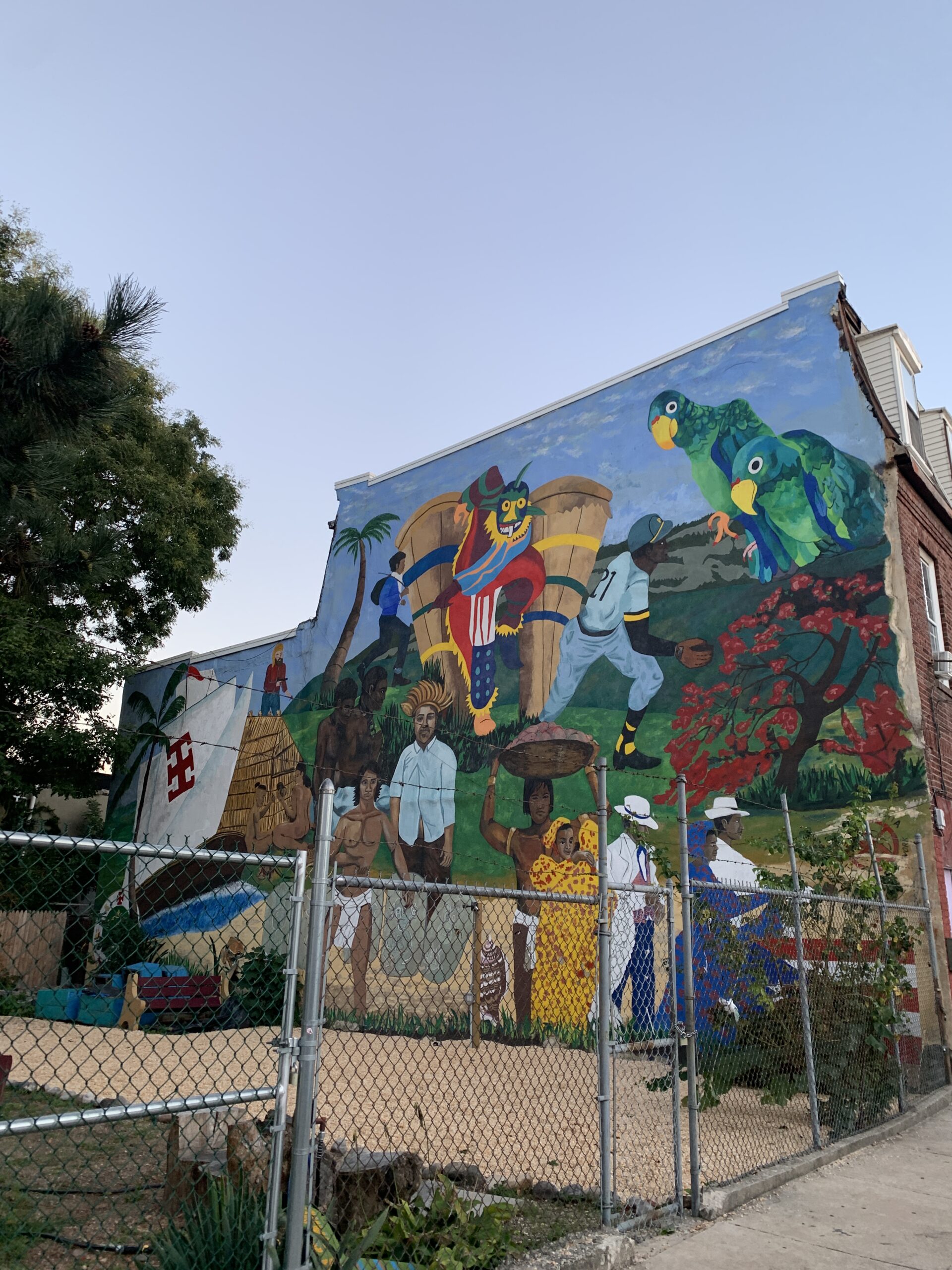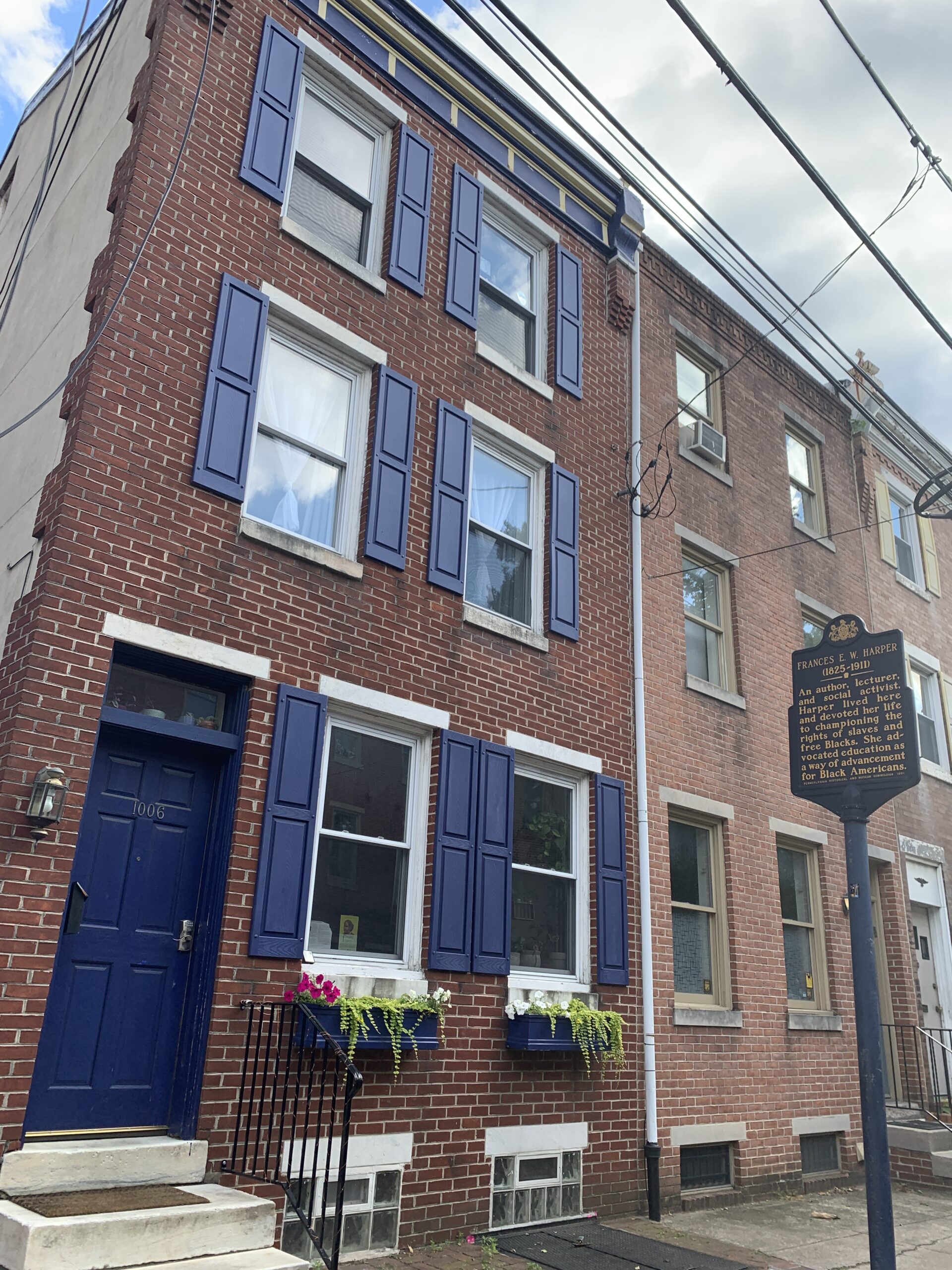Cultural Histories
Cultural Histories: The Puerto Rican Diaspora and Latinx Heritage Month in Philadelphia

Image: Mural Arts Mural in North Philadelphia showcasing Puerto Rican heritage. Image by Stephanie Aviles.
Philadelphia has long been home to a strong and vibrant Latin American population. With Latinx Heritage Month on the horizon, starting Sunday, September 15, 2024, and ending on Tuesday, October 15, 2024, now is the perfect time to consider how deeply intertwined the history of Philadelphia and the history of Latin Americans in Philadelphia are, as well as considering how you might celebrate that history and thriving contemporary communities by engaging with some of the many events celebrating both over the coming weeks.
Many people in Philadelphia come from various parts of Latin America. However, the largest community with the oldest association in the city is the Puerto Rican community.. Puerto Ricans began to settle in Philadelphia in the 1800s, coming to work as merchants, cigar makers, laborers, students, professionals, and even for political reasons as Revolutionaries supporting the Puerto Rican Independence movement. By 1900, there were an estimated 1,500-2,000 Latin Americans in Philadelphia, many of which were Puerto Rican, and the majority of them settled around Spring Garden, Northern Liberties, and Southwark because it allowed dockworkers, cigar factory workers, and employees at the Baldwin Locomotive Works, located at Broad and Spring Garden at the time, easy access to their places of employment.
The first massive influx of Puerto Ricans to Philadelphia, and the United States as a whole, came after the passing of the 1917 Jones-Shafrod Act, which declared all Puerto Ricans United States citizens. The ease of migration, coupled with recruiters who visited Puerto Rico encouraging migration to supply US labor needs, caused significant population growth in Philadelphia. Puerto Rican migrants settled in joining family members and friends in the existing Puerto Rican neighborhoods and nearby in Camden, NJ. By the 1950s, Philadelphia had the third largest Puerto Rican population in the United States, many of whom worked in Philadelphia’s once-thriving garment industry, settling around Spring Garden to access the dockyards and the Campbell’s Soup Factory in Camden, or moving up 5th Street towards the garment factories and mills in Kensington and North Philadelphia.


It is from this Northward movement that El Bloque de Oro was first born. Beginning as a concentration of Puerto Rican-owned businesses at 5th and Lehigh, the block became a center of Puerto Rican community and culture, and by 1963 Philadelphia had established its own Puerto Rican Day Parade, just five years after the very first Puerto Rican Day Parade in New York. But life was not always easy for this community, which faced friction with non-Puerto Rican residents, economic and social discrimination, and violence and police brutality. Organizations like El Concilio, or The Council of Spanish Speaking Associations, Taller Puertorriqueño, and Aspira, and the Norris Square Neighborhood Project, among many others, have served as community advocacy organizations and centers of culture as Philadelphia’s garment and dockyard industries faded and Puerto Rican Philadelphians sought other opportunities and industries. Despite economic instability and countless challenges, Puerto Rican Philadelphians remain the most visible and populous Latin American community in Philadelphia. Joined by growing numbers of Mexican, Dominican, Central, and South American communities, Latin American Philadelphians make up a culturally rich demographic, without which Philadelphia, would be infinitely poorer. Moreover, the physical neighborhoods of Fairhill, Spring Garden, and Northern Liberties would be drastically different without these historic residents.


In celebration of the Puerto Rican community of Philadelphia, Taller Puertorriqueño currently has an exhibit specifically focused on the Fairhill neighborhood this Latinx Heritage Month, entitled Estamos Aqui, a collaboration between The Historical Society of Pennsylvania and José Ortiz Pagán documenting the intersection of community and geography in Philadelphia’s Puerto Rican community. In honor of the 50th anniversary of Taller Puertorriqueño and The Historical Society of Pennsylvania, an exhibit is opening this month at the Historical Society revisiting Batiendo La Olla, an oral history project produced by Taller Puertorriqueño in the 1970s.
Outside of these educational opportunities, there are countless chances to celebrate the many facets and communities honored through Latinx Heritage Month in the coming days and weeks.
Hispanic and Latinx Heritage Month Events in Philadelphia
On the 15th of September, join Philadelphia’s growing Mexican population, among many others, celebrating Mexican Independence Day down at the Delaware River Waterfront. Then, for the rest of the month, dine out at local Latin American restaurants during Dine Latino Restaurant week (September 15, 2024-September 21, 2024) exploring these rich culinary traditions one dish at a time.
On the 16th of September, enjoy El Mercado Cultural, the last of a series of events sponsored by Fleisher at the Cherry Street Pier, a family-friendly event celebrating art and Latin American arts and crafts.
Then, on the 29th of September, head down to the Parkway to attend or witness the Puerto Rican Day Parade, a joyous explosion of dance, music, and celebration.
There are many reasons to visit Taller Puertorriqueño this month, but consider attending a poetry workshop they are hosting with the Free Library: Echoes of Heritage: Unveiling the Latin American Poetic Voice in Philadelphia. This workshop exploring Latin American poetry in Philadelphia will be held Saturday, October 12, 2024, at 2:00 P.M. at Taller Puertorriqueño, 2600 N 5th St.
All through the month, check out events in honor of this month of celebration at The Philadelphia Museum of Art, which is running programming honoring Latinx Artists throughout Latinx and Hispanic Heritage Month.





